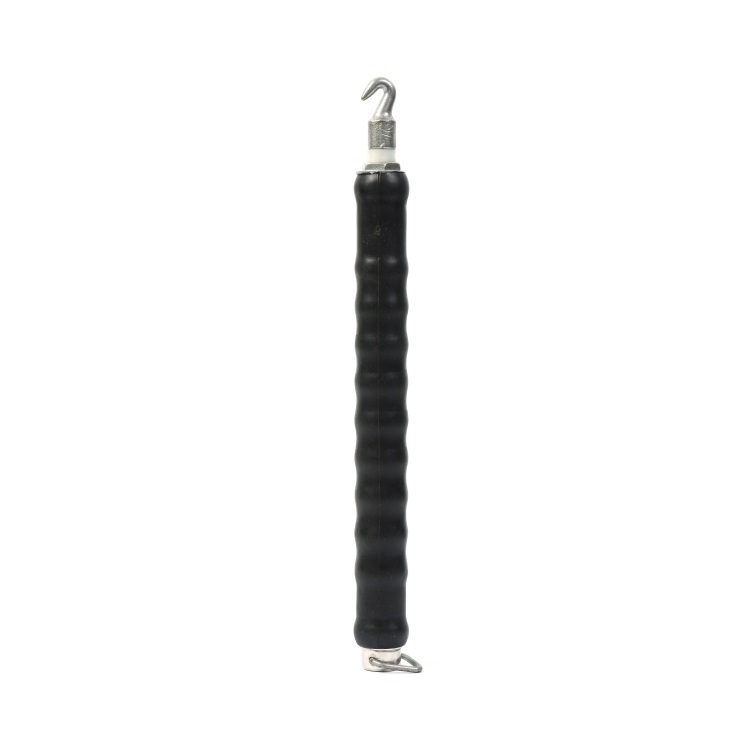finishing nail 2
The Importance of Finishing Nails in Carpentry and Home Improvement
When it comes to carpentry and home improvement, attention to detail is what transforms a simple project into a remarkable one. Among the myriad of tools and fasteners available, finishing nails are often an unsung hero. Though small and seemingly insignificant, finishing nails play a crucial role in achieving a clean, professional look in woodworking and renovations. This article will explore the importance, types, and best practices for using finishing nails effectively.
What Are Finishing Nails?
Finishing nails are slender, small-headed nails typically used to affix trim and molding or to finish off a woodworking project without an unsightly nail head protruding. Unlike regular nails, they are designed for a seamless finish. The smaller head of a finishing nail allows it to be driven into the wood with minimal visibility, which is ideal for projects that demand aesthetic appeal. Once driven into the wood, finishing nails can be slightly recessed below the surface and subsequently filled with putty or paint, rendering them nearly invisible.
Types of Finishing Nails
Finishing nails come in various lengths and gauges, making it essential to choose the correct type depending on the specific requirements of your project. The most common gauges range from 15 to 23, with 16-gauge and 18-gauge nails being the most widely used for general purposes.
1. 16-Gauge Finishing Nails These are heavier and stronger, suitable for door and window trims or larger baseboards. They provide additional holding power and are ideal for projects that demand durability.
2. 18-Gauge Finishing Nails A lighter option, 18-gauge nails are perfect for smaller trim work or delicate moldings. They create less stress on the wood, which reduces the risk of splitting, especially in softer species.
3. 23-Gauge Pin Nails These are the finest and are used primarily for extremely delicate work, such as fastening thin moldings or attaching small pieces without leaving a noticeable mark. Due to their slenderness, they require a pin nailer for effective use.
Why Use Finishing Nails?
The use of finishing nails comes with several benefits
finishing nail 2

1. Aesthetic Appeal The primary reason many carpenters prefer finishing nails over other fasteners is the visual aspect. Their design allows for a flush finish that can either be painted or stained to match the surrounding woodwork, providing a polished end result.
2. Minimized Splitting Finishing nails are less likely to split the wood compared to larger nails. This characteristic is particularly beneficial when working with softer woods, ensuring the integrity of the material remains intact.
3. Enhanced Versatility Finishing nails are versatile and can be used for various applications, including trim work, cabinetry, and furniture assembly. Their ability to blend into the wood allows for creativity in design without compromising structural stability.
4. Easy Removal If a mistake is made or adjustments are needed, finishing nails can be removed more easily compared to screws or larger nails, allowing for quick alterations in projects.
Best Practices for Using Finishing Nails
To achieve the best results when using finishing nails, consider the following tips
- Choose the Right Tools A finishing nail gun is the most efficient way to drive finishing nails into wood, as it applies consistent force and depth. Manual methods can be used, but they may require more effort and precision.
- Pre-Drill When Necessary For extremely hard woods, pre-drilling small pilot holes can help reduce the likelihood of splitting and ensure a smoother installation.
- Use the Correct Length Depending on the thickness of the materials you are joining, select a finishing nail length that will adequately embed itself into the base material without protruding through the other side.
In conclusion, finishing nails may be small, but they considerably impact the quality and finish of woodworking projects. Whether you are a DIY enthusiast or a professional carpenter, understanding the significance of finishing nails will enable you to craft beautiful, polished designs. As you enhance your skills and knowledge regarding these unassuming fasteners, you’ll find that the details truly do make all the difference in creating extraordinary work.
-
Iron Nails Evolving Sentience in Landfill Ecosystems
NewsAug.22,2025
-
Black Iron Nails: Raw Power, Five-Star Forged
NewsAug.22,2025
-
Wire Mesh: Dingzhou's Industrial Language
NewsAug.22,2025
-
Reflective PVC Coated Wire Mesh Highway Safety
NewsAug.22,2025
-
High Carbon Steel Wire Suspended Desalination Nets
NewsAug.22,2025
-
Steel Wire Sparks: Five-Star's Origin Story
NewsAug.22,2025














